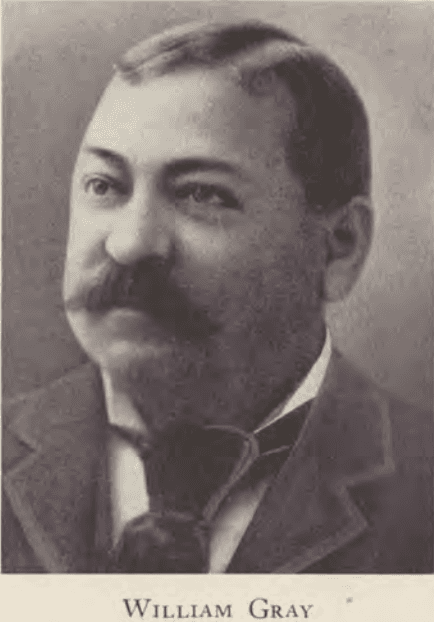The son of Scottish immigrants, William Gray (1850–1903) was one of five children who was born in a small Connecticut town but soon moved to one of the country’s largest cities: Boston. When Gray came of age, his father, Neil, who was a bridge builder, sought employment for his young son. Rather than the strenuous labor of building bridges, Neil acquired for his son a job with a local druggist. This first job would not last long. After only a few months, it was clear to the business owner that Gray was not cut out for the boredom of the drug store. The owner informed Neil that “[William] was always down cellar or elsewhere, whittling things out of wood, making models.” The young man’s father was able to maneuver him from drugstore to machine shop.
Back to Connecticut

William Gray. Public Domain






